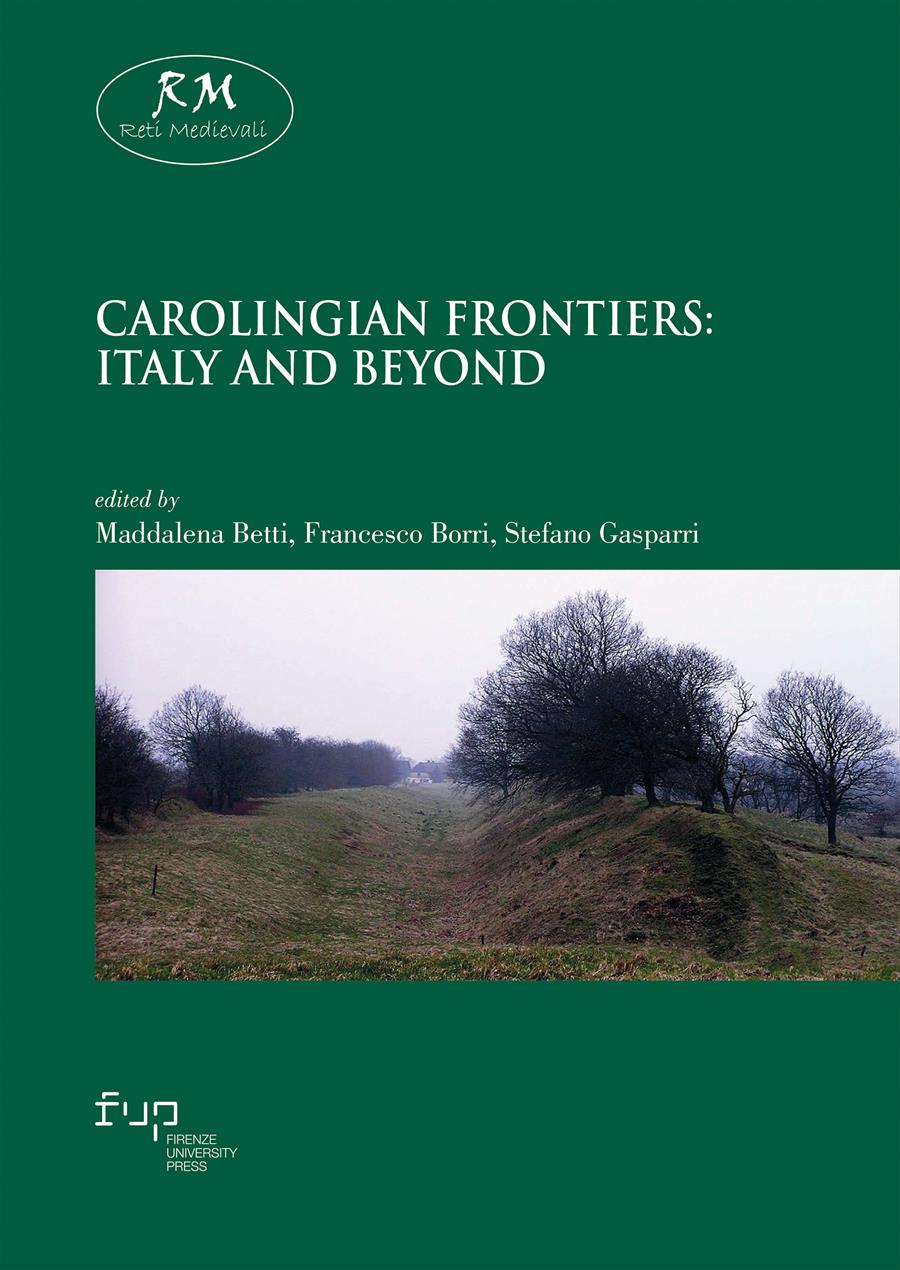- Carolingian Frontiers: Italy and Beyond
- Edited by Maddalena Betti, Francesco Borri, Stefano Gasparri
Cultural boundaries, epigraphic boundaries
- Flavia De Rubeis
- © 2024 Author(s) |
- CC BY 4.0
- DOI: 10.36253/979-12-215-0416-3.16
The concept of borders, examined from the point of view of the epigraphs, reveals how the use of inscriptions was a well-established strategic device among the elites: in particular, the knowledge of the value and efficacy of the writing displayed (as the cases of Venice and Croatia demonstrate), especially when considered within horizontal and vertical borders, indicates great attention to the epigraphic forms and formalisms employed. Such knowledge of epigraphic practice thus contributes to the construction of a lasting and widespread epigraphic landscape.
- Keywords:
- Medieval epigraph,
- epigraphic landscape,
- Latin Palaeography,
- Venice,
- Croatia,
Ca' Foscari University of Venice, Italy - ORCID: 0000-0001-8780-8085
Chapter Information
Chapter Title
Cultural boundaries, epigraphic boundaries
Authors
Flavia De Rubeis
Language
English
DOI
10.36253/979-12-215-0416-3.16
Peer Reviewed
Publication Year
2024
Copyright Information
© 2024 Author(s)
Content License
Metadata License
Bibliographic Information
Book Title
Carolingian Frontiers: Italy and Beyond
Editors
Maddalena Betti, Francesco Borri, Stefano Gasparri
Peer Reviewed
Number of Pages
354
Publication Year
2024
Copyright Information
© 2024 Author(s)
Content License
Metadata License
Publisher Name
Firenze University Press
DOI
10.36253/979-12-215-0416-3
ISBN Print
979-12-215-0415-6
eISBN (pdf)
979-12-215-0416-3
eISBN (xml)
979-12-215-0418-7
Series Title
Reti Medievali E-Book
Series ISSN
2704-6362
Series E-ISSN
2704-6079
